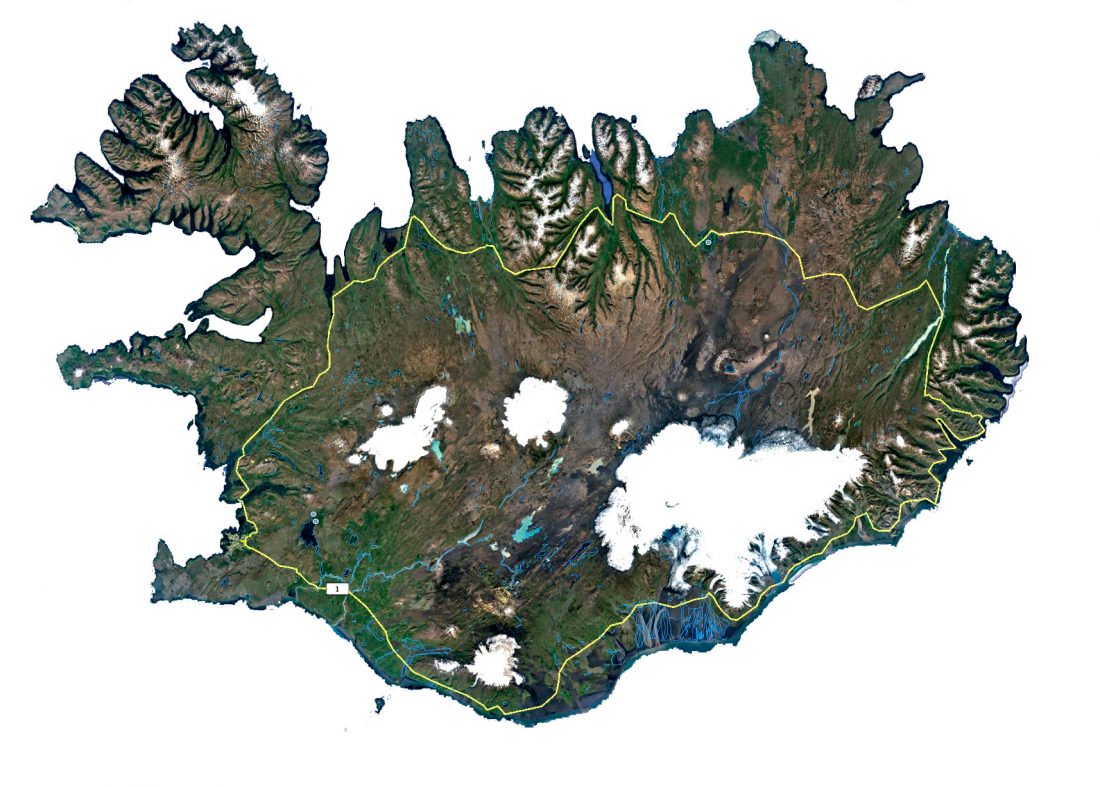
kick-off on strategic development plan
BBJ in collaboration with Tredje Natur, KRADS, Reiulf Ramstad Architects and White Architects on developing a strategic plan for upgrading the national tourist infrastructure in Iceland.
The immediate project objective is to prepare material for an inspiring ‘atlas’, complete with data, explanatory texts and perspectives, maps, selected photos and architectural preliminary studies and draft proposals.
Tourism helped pull Iceland out of the crisis, and it remains a key factor in the on-going economic restoration after the total collapse in 2008, but this success comes at a cost. The demand for overnight accommodation in in Reykjavik is driving the housing market up, stirring up fears of a new housing bubble. The national infrastructure is also beginning to show the strain of the rapidly growing number of tourists on the classic tourist route around the island. The smaller roads and footpaths do not have the capacity to handle peak loads, and some of the affected local communities are experiencing traffic safety problems. Many of the national sights are operated by smaller private firms and site owners, many of whom are feeling overwhelmed and have trouble dealing with an increase in the number of visitors of up to 30% since the crisis. Temporary and often dubious constructions such as container hotels, mobile souvenir stands and makeshift visitor’s centres pop up in the landscape, increasingly marring the scenic beauty that attracts the tourists. In many ways, the Icelanders’ civic pride is being challenged, and several of the unique natural and historical cultural sights are being worn down at a rate that has made it onto the political agenda. Fatal accidents as well as some highly unfortunate incidents where monuments were used as toilets have added momentum to the call for a national action plan – but the Icelandic authorities cannot handle the task without assistance. A solution will require a coordinated effort that involves the many tour operators, hotel owners and concession-holders for the visitor’s centres as well as the general public. It will be necessary to alter the collective perception of the synergy potential of the infrastructure and built elements of nature and experience economy. Iceland’s many grand landscape phenomena, cultural monuments and geological sights should present a virtually inexhaustible resource, but they are suffering due to overexploitation and a lack of management and planning. Iceland needs tourism, however, and there is an urgent need to devise a physical strategy for a more sustainable tourism development.
The project is funded by Hönnunarsjóður / The Icelandic Design Fund